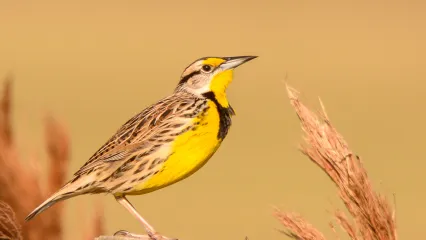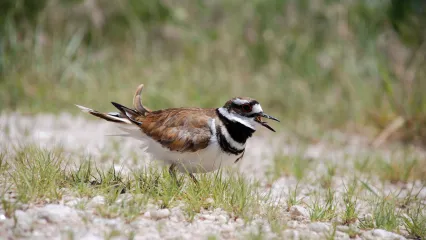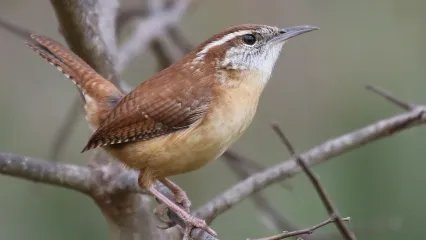
Description
The common loon (Cavia immer) is often called the "symbol of the north," but Oklahomans can look forward to the bird making two cameo appearances in the Sooner State while migrating to and from its southern wintering grounds.
With its distinctive black and white checkered plumage and dagger-like bill, the common loon is one of America's most recognizable waterfowl species. It is also the most recognizable of the five members of the loon family, all of which live in the Northern Hemisphere.
All loons are highly specialized for aquatic life. Their powerful back legs and large webbed feet allow them to dive underwater for several minutes at a time. Their legs are set far back on their body, and while this is a great adaptation for swimming, it makes loons very awkward on land. In fact, the only time loons go ashore is to mate and incubate their eggs. Loons also have higher levels of dissolved oxygen in their blood, which allows them to submerge for extended periods. Subsisting almost entirely on fish, loons can dive up to 20 feet to grab fish with their long, serrated bills.
Unfortunately, loon populations are declining due to habitat loss. Lakeside homes occupy increasing amounts of northern shoreline, and increasing boat traffic disturbs the calm, quiet, waters they need to raise their young. Still, on many lakes the call of the loon still pierces the sultry light of the dusk and dawn. And with a little luck, Oklahoma lake goers will continue to catch a glimpse of this majestic water bird.
Size
Loons are large birds, weighing up to eight pounds and measuring nearly 30 inches. Their bones are solid instead of hollow, which presumably allows them to dive for extended periods by decreasing the buoyancy of their bodies.
Habitat
In Oklahoma, loons may be seen each spring and fall as they fly back and forth to and from their wintering areas along the Gulf Coast. At this time, they will often stop to rest and search for food on large lakes. Once loons reach the oceans, special glands help rid their system of excess salt.
Known for its plaintive, haunting cry, the loon is spiritually significant in many native cultures, and it embodies the essence of the northland for countless others. When you can hear the loon call you know that you are in a wild place.
Life Cycle
They can live as long as 20 years, and there is strong evidence that they mate for life. Although pairs sometimes winter hundreds of miles apart from each other, they always return to the same nesting lake each spring soon after the ice thaws. Loons typically lay one or two eggs each spring on a floating nest of dead vegetation Eggs hatch in about 30 days. Loon chicks are covered in soft, black down.
Attentive parents. loons will go to great lengths to protect their young, and they often let young chicks ride around on their backs until they are proficient swimmers. The adults are patient and diligent teachers, helping their young hone their hunting skills by offering them injured fish. Chicks are ready to fend for themselves at about four months.


